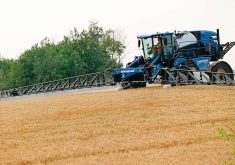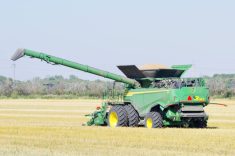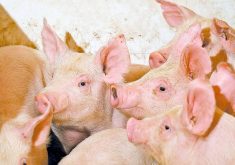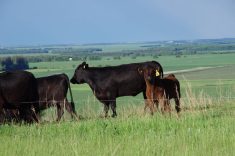One thing the designers of farm programs at the governmental level can’t seem to wrap their heads around is the myriad of ways things can go wrong out in the countryside.
They like to slot things into neat boxes and sketch out a few likely scenarios, and design the programs around them and call it a day.
But like so many of the best-laid plans, these fail to, as a military historian might say, survive their first brush with the enemy.
Those farmers who endured the prolonged international farm subsidy war between the U.S. and Europe in the 1980s, for example, complained bitterly that many of the programs of the time didn’t anticipate years of depressed prices.
Read Also
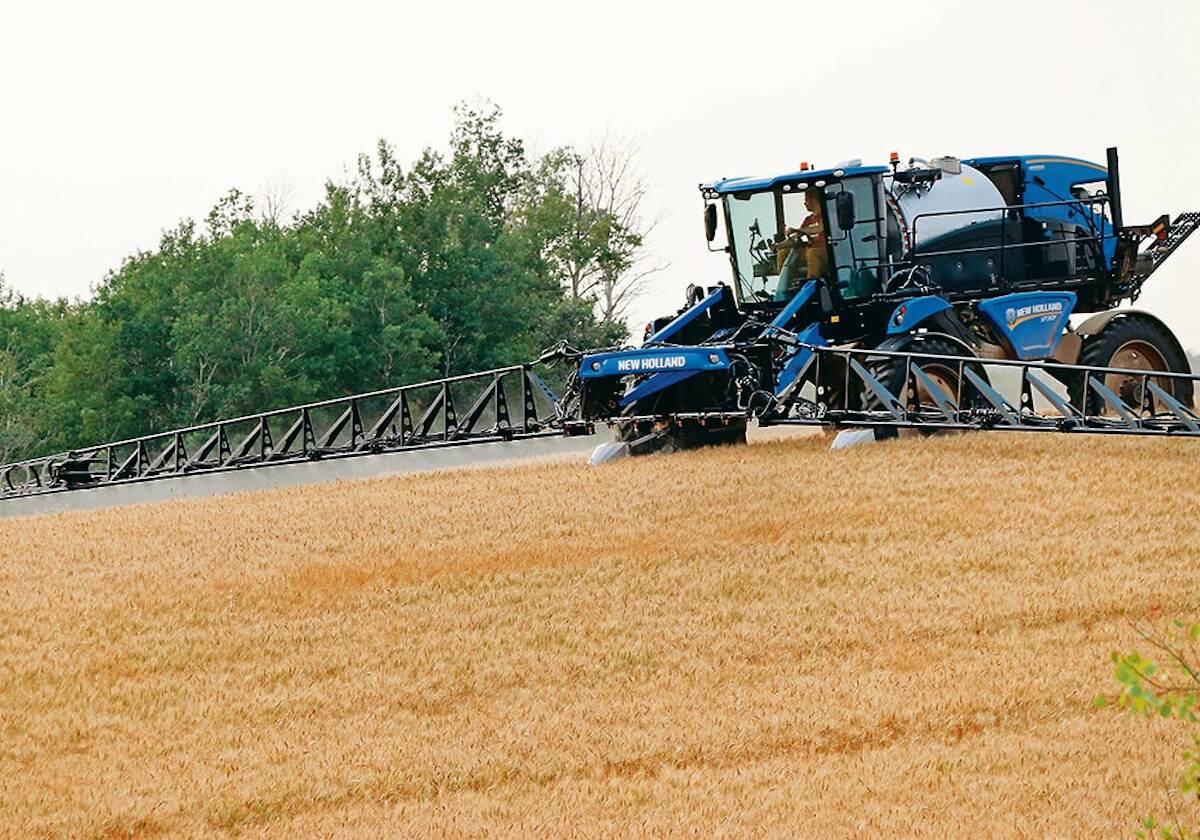
Farming still has digital walls to scale
Canadian farms still face the same obstacles to adopting digital agriculture technology, despite the years industry and policy makers have had to break them down.
These days there are similar complaints, albeit for different reasons. AgriStability, as the latest iteration is known, was once thought to work well.
Payments are triggered under AgriStability using a reference margin ‘Olympic formula’ that takes the last five years, looks at income and expenses, and throws out the top and bottom, leaving the ‘average’ three. Then if a farmer’s income falls below a predetermined percentage of that level, a payment can be triggered.
In the early years the program was reasonably well received and many farmers participated. Reference margins were set at 85 per cent, using the three-of-five-year formula.
However, after a period of historically high prices, governments realized they were exposed to excessive payouts if prices started to drop — even though returns remained high enough that most farmers were getting along quite nicely. Always concerned about moral hazard, they lowered the reference margins to 70 per cent.
Many farmers say that’s made the program essentially useless to them, and they’ve voted with their feet and wallets. A few years ago, Allan Dawson reported in the Co-operator that of KAP delegates surveyed in 2015 who said they had been in the program “in the last five years,” only 75 per cent were still in the program, translating into 20 per cent of those farmers dropping out.
“They and their accountants just deemed there was no chance that they would ever receive a payment,” then KAP general manager James Battershill said at the time.
The trend hasn’t reversed and if anecdotal discussions with the province’s farmers carry any weight, it’s probably accelerated. In 2018 just 6,099 enrolment notices were sent in Manitoba, according to figures from Agriculture and Agri-Food Canada. Those same figures show just 2,484 completed applications were received.
Another clunker of a support appears to be AgriRecovery.
The stated aim is to help producers recover from disasters they couldn’t predict or plan around, such as disease outbreaks, droughts or floods and other so-called ‘black swan’ events.
But the fact it’s a ‘framework,’ not a ‘program,’ appears to be its Achilles heel. A program, like it or not, is at least funded and has clear-cut criteria to trigger it, arguments over whether those triggers are suitable aside.
A framework, on the other hand, has no budget and can quickly become a political football as governments seek to tighten belts and balance budgets. Nobody likes an unplanned expense, whether it’s a blown transmission in the family car or a wreck in Manitoba’s ranch country.
That’s why we’ve had the spectacle of Manitoba ranchers, and their local governments, calling for disaster relief while they were stuck in the middle of dual provincial and federal elections — and the governance blackout they cause. And even after the elections are over, there appears to be little interest in the programs from elected leaders. They’ve been hemming and hawing, suggesting there must be a better alternative out there.
There is a crying need to rethink these programs in a serious way. Nobody wants to set up a dynamic where unscrupulous individuals will decide to ‘farm the programs,’ a risk that’s always presented as a caution about too-rich supports. But likewise, there needs to be baseline utility to them to justify farmers taking the time and expense to enrol.
Other programs continue to enjoy farmer support. AgriInsurance and AgriInvest participation rates are solid, even though both programs require farmers to invest considerable dollars. That’s because those programs are predictable and bankable. They work for farmers, so farmers keep them.
The AgGrowth Coalition, a partnership of farm groups, has been calling for changes including, perhaps most crucially, developing business risk management programs that are “… meaningful and focused on program effectiveness rather than funding levels.”
If the country wants agriculture and food to be a driver of economic growth, the various levels of government need to be prepared to ride out the ups and downs of a cyclical business alongside farmers.








